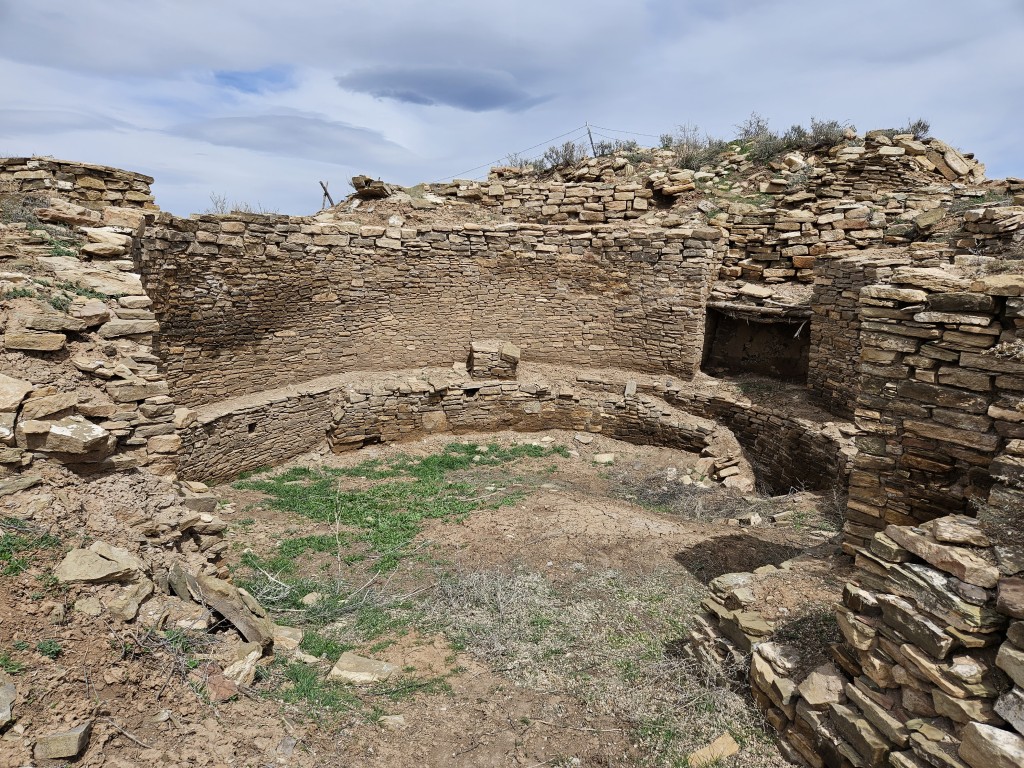Research and field work ongoing at The Archaeological Conservancy’s Haynie Pueblo site in southwestern Colorado, now in its eighth year, is still providing vital information pertaining to ancestral Puebloan communities in the Mesa Verde region. The Haynie Pueblo was acquired in 2019 with the assistance of a Colorado Historical Fund grant. The Pueblo contains two massive, multi-storied Chacoan Great Houses, in addition to other masonry architecture, kivas, pit houses, and dense trash middens.
Crow Canyon Archaeological Center is continuing its research on the Northern Chaco Outliers Project in partnership with the La Plata Open Space Conservancy and the Conservancy. The goal of the project is to address questions regarding the function of the great houses, and what relationships existed between them. Other questions pertained to the expression of inequality amongst communities, how droughts and other significant environmental changes played a role, and how identities of communities unfolded during and after the great Chacoan period (circa A.D. 1080 to 1140) and what potential changes may have taken place afterward.
The site contains several layers of archaeological history, and was a deeply stratified multi-component community center, primarily between A.D. 800 and 1200. The site shows components of both the visible, surface-level Chacoan architecture consisting of the Chaco style-masonry great houses constructed during the late Pueblo II (A.D. 1100 and 1140), as well as Pueblo I room blocks and hearth features, which appear to have been modified during the Pueblo II period. Viga holes in the masonry, tree ring analysis, and pottery found at the site indicate a total occupation time frame spanning from A.D. 800 to 1300. A zooarchaeological analysis of faunal remains also showed the community subsisted on a primary diet of rabbits, even-toed ungulates, turkeys and other large birds, as well as members of smaller classes of birds and various fish.
During the early 1960s, the site was subject to pot hunting, artifact hunting, and destruction of the architecture for the purpose of resourcing its materials. The combined efforts of the Conservancy and Crow Canyon in documenting the remaining archaeological record and preserving the site has increased the site’s stabilization. Modern, methodical excavations have been conducted and the use of testing methods including photogrammetry, electrical resistivity, and magnetic gradiometric surveys for a complete mapping of the site have aided in a more complete understanding of the site. Crow Canyon staff, interns, and field school students will carry the research into the 2023 field season with the continuation of revealing the Pueblo I room blocks and hearth features.




